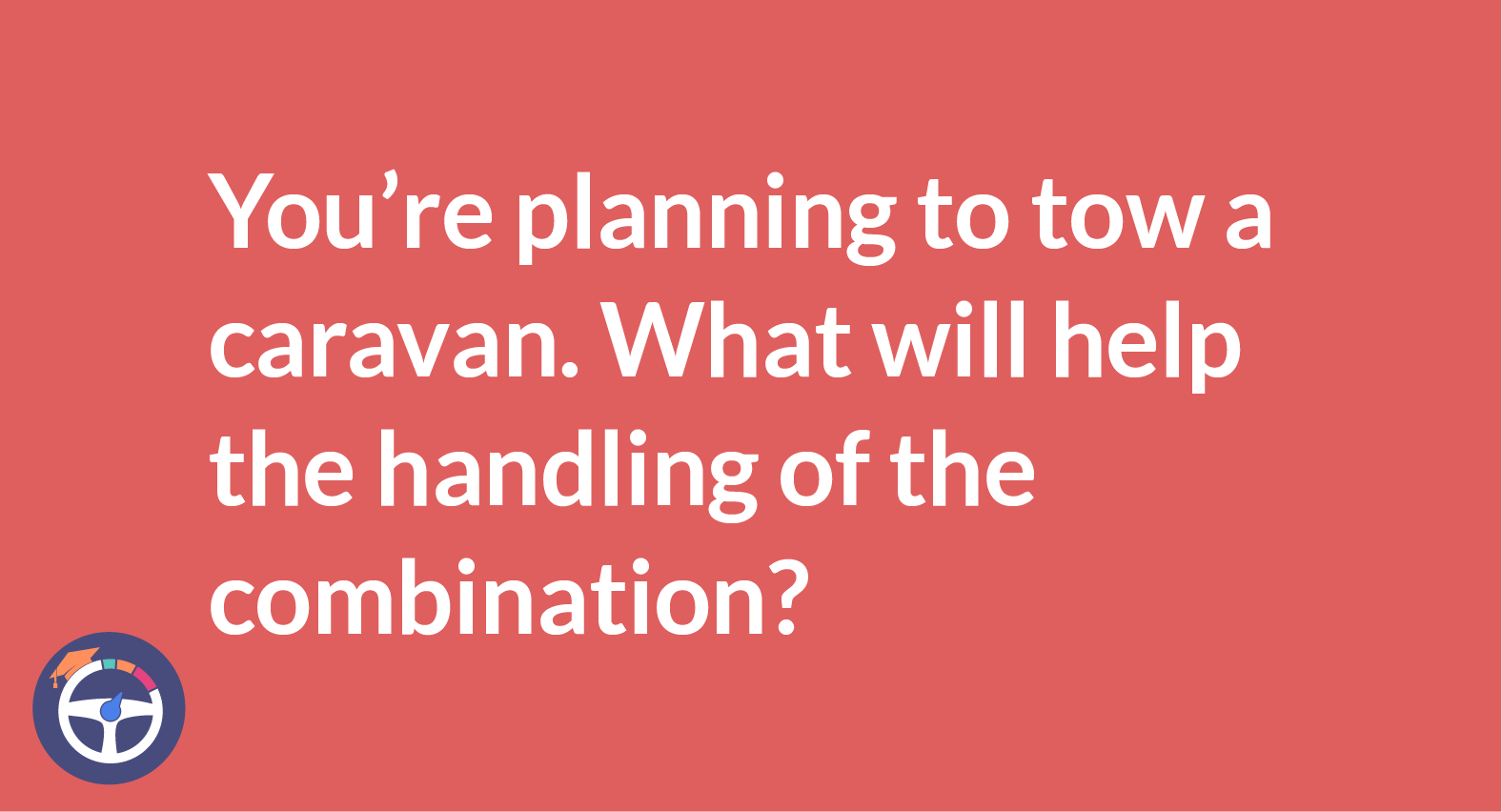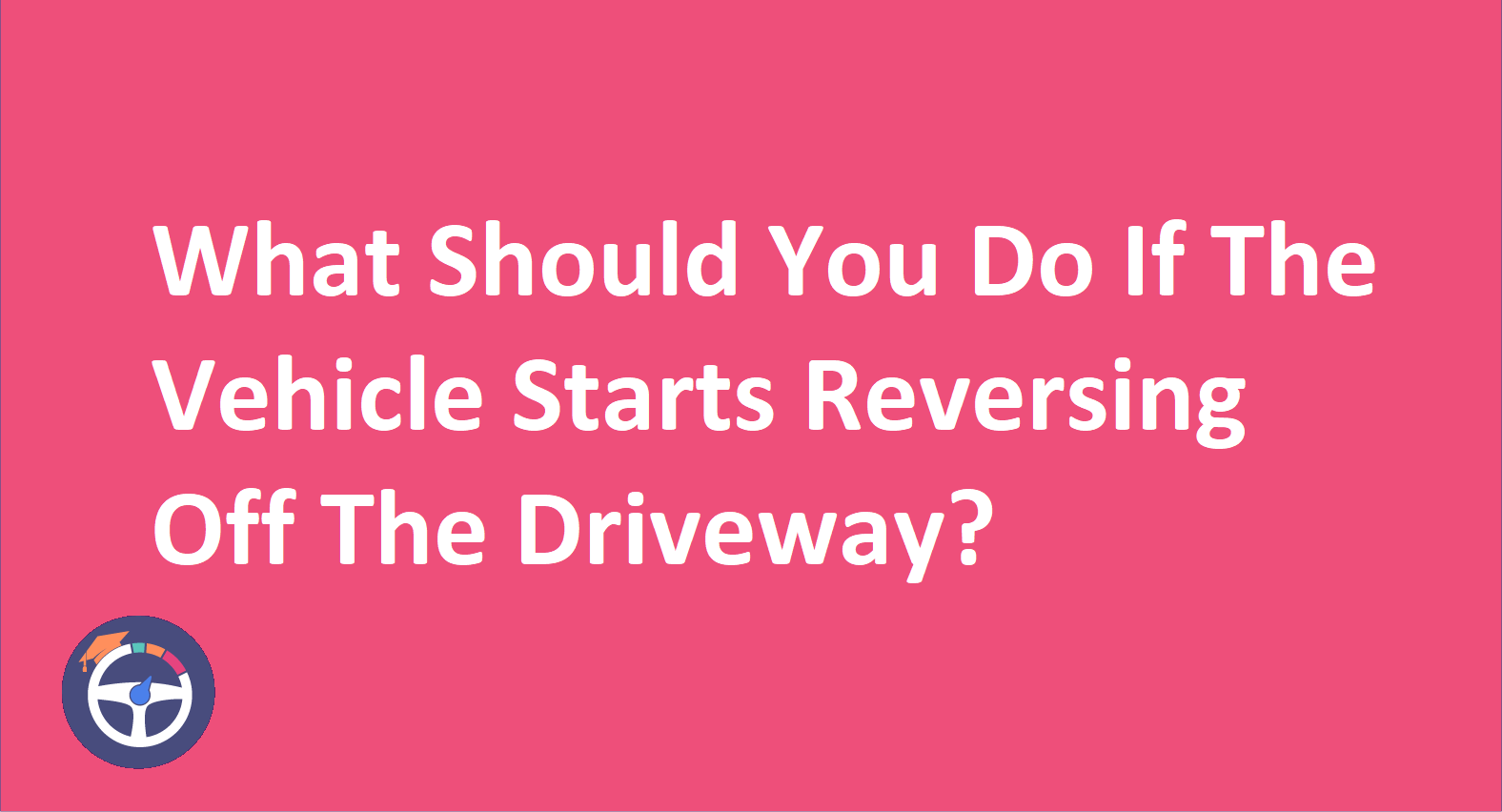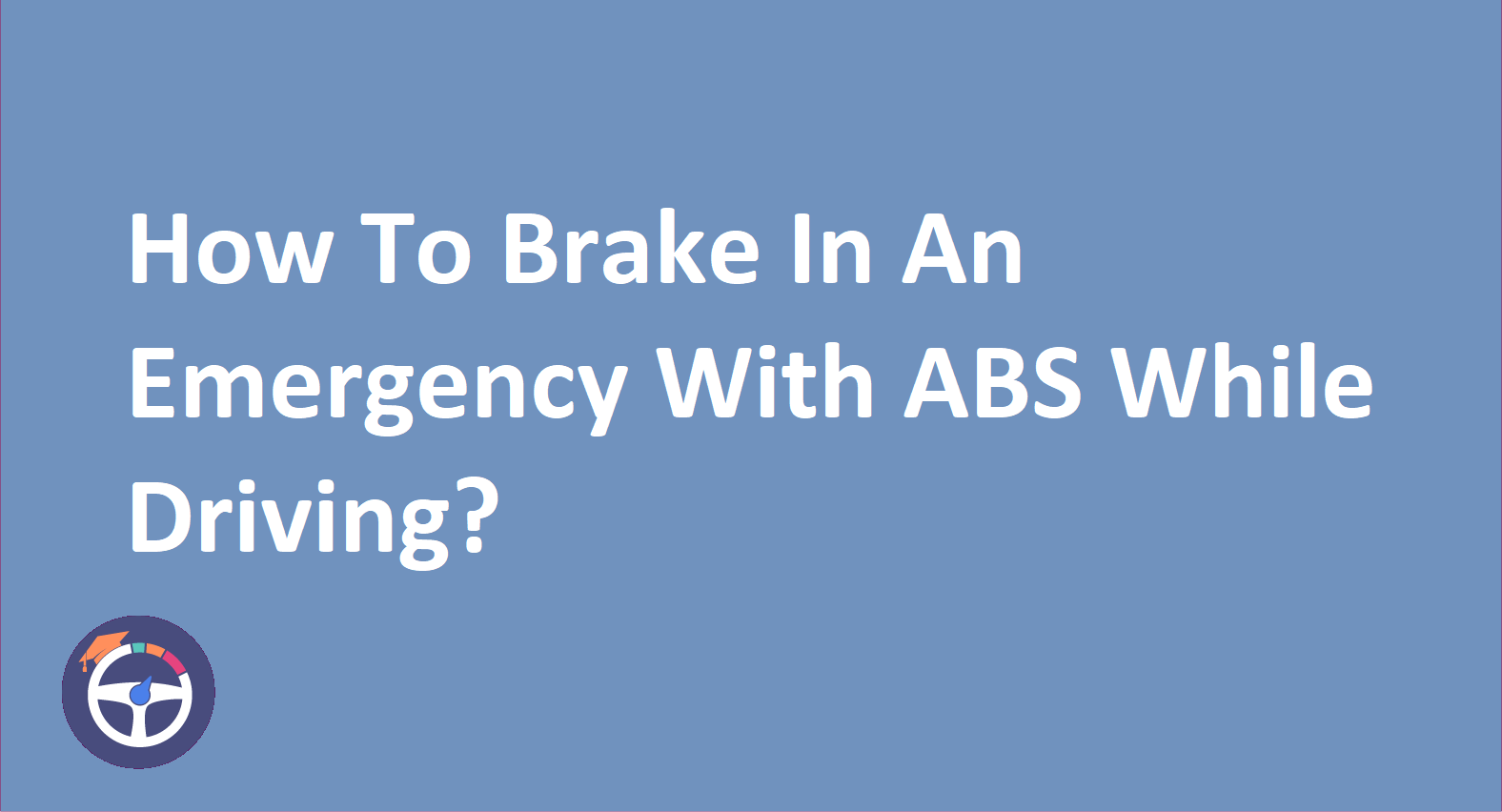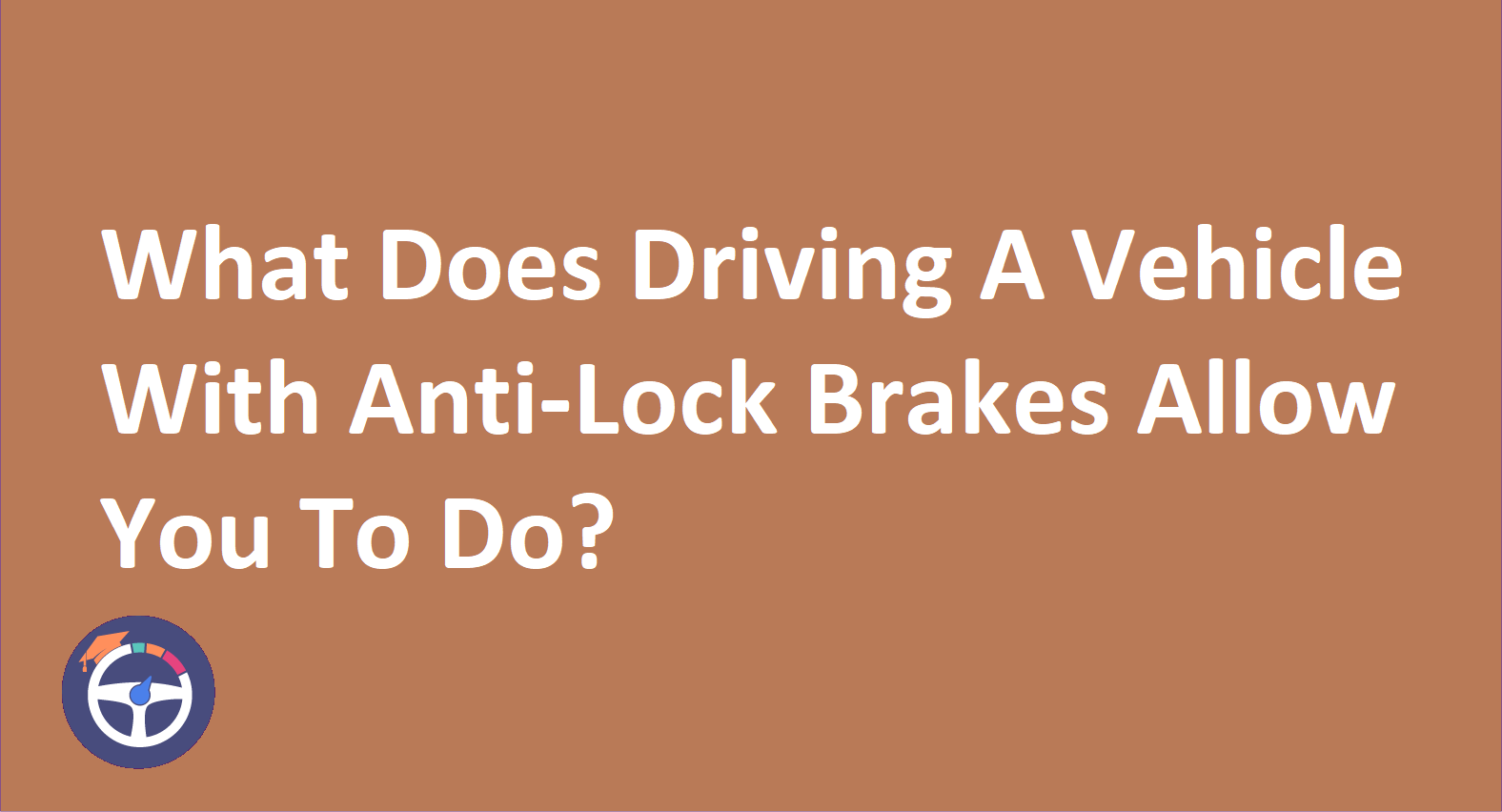You are Planning To Tow A Caravan what Will Help The Handling Of The Combination?
Towing a caravan or trailer can change how your vehicle handles. While a stabiliser device can provide extra stability in side winds or when buffeted by large vehicles, it won't compensate for instability caused by improper loading. Proper loading is essential for safe towing.

Contents
- You are Planning To Tow A Caravan. What Will Help The Handling Of The Combination?
- What Defines Trailer Sway?
- Which Caravan Type Is Susceptible To Swaying?
- What Conditions Lead To Trailer Sway?
- Understanding The Dynamics Of Swaying.
- FAQ
Towing a caravan requires careful attention. Handling is crucial for a safe journey. Trailer sway is a concern impacting stability. In this guide, we'll explore the dynamics of sway and how a towbar-fitted stabilizer enhances handling.
What Defines Trailer Sway?
Trailer sway is the lateral, side-to-side movement of a caravan while being towed. This motion introduces instability to the entire towing combination. It poses potential risks and challenges for drivers. The swaying action can be noticeable. With the caravan oscillating left and right, impacting the smoothness and control of the towing experience. Understanding and managing trailer sway is crucial for a safe towing journey.
Several factors contribute to trailer sway. It includes:
- The design and dimensions of the caravan.
- The speed of the towing vehicle, wind conditions, and the overall weight distribution within the caravan.
It's crucial for drivers to be conscious of these contributing elements. It will help them to better understand and manage trailer sway effectively.
Which Caravan Type Is Susceptible To Swaying?
Caravans with specific design characteristics are more prone to sway, and recognizing these traits is crucial for safe towing. Caravan types that have a high profile, meaning they are taller in structure, are more susceptible to swaying due to increased wind resistance. The elevated profile creates a larger surface area for wind to act upon, potentially inducing lateral motion. Understanding these design features helps drivers take preventive actions for a stable towing experience.
Additionally, caravans with a narrow width relative to their height are more susceptible to swaying. The ratio of height to width influences the aerodynamics of the caravan. It makes it more responsive to external forces like crosswinds or the air displacement caused by passing vehicles.
Understanding the design features that contribute to sway vulnerability is crucial for safe towing. Caravans with specific design characteristics are more prone to sway. Recognizing these traits is essential. Caravan types that have a high profile, meaning they are taller in structure, are more susceptible to swaying. This is due to increased wind resistance. The elevated profile creates a larger surface area for wind to act upon. This can potentially induce lateral motion, impacting the smoothness and control of the towing experience.
What Conditions Lead To Trailer Sway?
Trailer sway can be influenced by several conditions that drivers should be mindful of to ensure safe towing. Understanding these factors allows for proactive measures to minimize the risk of sway:
Strong Crosswinds: Wind acting on the broadside of the caravan can induce swaying. This is especially relevant when driving in open areas or during adverse weather conditions. Drivers should exercise caution and be prepared for sudden gusts of wind.
Uneven Road Surfaces: Irregular road surfaces, such as potholes, bumps, or uneven pavement, can contribute to trailer sway. The interaction between the caravan's tires and an uneven road can disrupt the stability of the towing combination. Drivers should navigate cautiously on such surfaces.
Sudden Maneuvers: Abrupt steering or lane-changing maneuvers can trigger trailer sway. Drivers should make smooth and gradual movements, avoiding sudden turns or corrections. Predictable driving behavior contributes to overall stability.
Imbalanced Load: Uneven weight distribution within the caravan can lead to sway. Drivers should ensure that the load is balanced, with heavier items positioned low and evenly distributed. Proper weight distribution enhances stability during towing.
Inadequate Hitch Setup: The connection between the tow vehicle and the caravan plays a crucial role. An incorrectly set up hitch can contribute to sway. Drivers should follow proper hitching procedures and ensure that the hitch components are compatible and secure.
Recognizing these conditions empowers drivers to enhance the stability of the towing combination. Precautionary measures include adjusting driving behavior in response to wind conditions. Maintain awareness of road surfaces and diligently check load distribution and hitch setup before embarking on a journey.
Understanding The Dynamics Of Swaying.
Trailer sway is influenced by multiple factors. Such as the speed of the towing vehicle, weight distribution within the caravan, and wind resistance. Grasping the dynamics of sway is crucial for implementing strategies to mitigate its effects.
A Stabilizer for Improved Handling: When it comes to enhancing the handling of a towing combination, fitting a stabilizer to the towbar emerges as a practical solution. A stabilizer works by minimizing the lateral movement of the caravan. It effectively reduces sway and improves overall stability.
As you prepare to tow a caravan, it is important to prioritize handling and sway management. As it ensures a safer and more enjoyable journey. Installing a stabilizer to the towbar is a valuable investment. It helps in improving the overall stability of the towing combination. Stay informed, practice safe towing, and embark on your caravan adventures with confidence. Safe travels!
FAQs
1. Is trailer sway a common occurrence during towing?
Yes, trailer sway can occur, and its likelihood depends on various factors like design, load distribution, and external conditions. Are all caravans susceptible to sway, or are there exceptions? Answer: Not all caravans are equally susceptible. Factors like height, width, and design influence a caravan's vulnerability to sway.
2. Can modifications to the caravan's design reduce the risk of sway?
Yes, certain modifications, such as improving aerodynamics, can help minimize the risk of sway in specific caravan types.
3. Are stabilizers always effective, or are there situations where they might not work?
Stabilizers are effective in many cases, but their efficacy can be influenced by factors like proper installation, road conditions, and the type of sway.
4. How often should drivers inspect and maintain their stabilizers for optimal performance?
Regular inspection and maintenance are crucial. Drivers should check stabilizers before each journey and perform periodic maintenance as per the manufacturer's guidelines.


